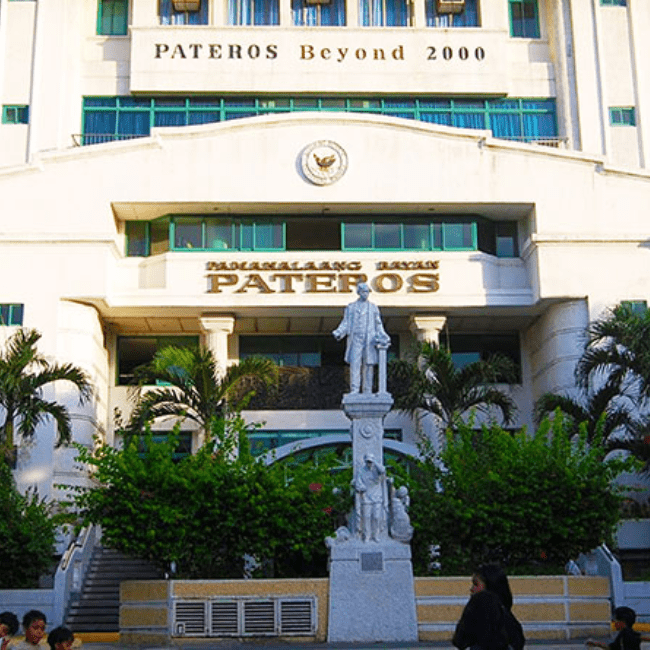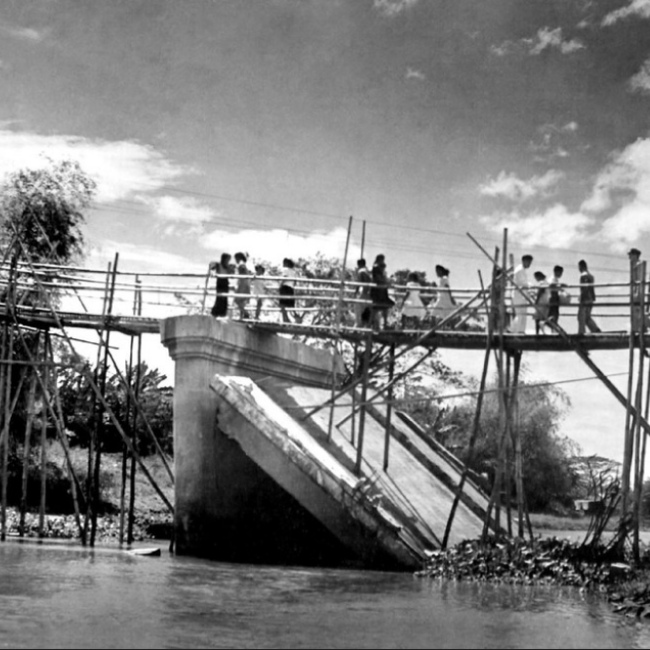Pateros: A Town’s Water Woes

Pateros — a small town nestled amidst the Metro, squashed between urban places and cities. It is the only municipality left in the entire National Capital Region, with a land area of only 10.40 square kilometers or 4.02 square miles. With its size relatively tinier than the cities surrounding it, one could expect that it would have a more manageable state in terms of environmental state, population, and water accessibility. Shockingly, it is the opposite.
Pateros: A Town’s Water Woes
While Pateros is at the bottom of the list both in population and land area, it is the second most densely populated in NCR. Environmental problems consequentially arise from this, especially regarding water matters. There is pollution, water contamination, groundwater scarcity, and the like.

If you would navigate Pateros or simply indulge in a leisurely walk, noticeable are the bodies of water that you would pass through after a few blocks along with their current states, all of which are polluted and silted (“Pateros Environment,” n.d.). Their dark surfaces, barely reflecting light, with an abundance of garbage floating over them, are hard to look away from. Indeed, it is a sorry condition. It has been stated that most of it is brought upon by sewage and solid wastes. More than this, rivers in Pateros (i.e., Sta. Ana and Sto. Rosario Rivers) are also occupied with residences within their perimeter, the households contributing to the general pollution of the said waters.
A rich history
It is saddening to look back on how the rivers of Pateros were once used. “Pateros Environment” (n.d.) narrated that these very waters used to accommodate commercial trades, serving as a transport channel and as a harbor for foreign merchants. Pateros has even been dubbed as embarcadero which means “small port.” The Pateros River, too, was formerly used mainly to serve the duck-raising and balut industry of the town. However, due to residential encroachment and pollution, that purpose has long been set off the table. These bodies of water are now unusable, be it for transport or economic activity.

Photo by John Tewell (Flickr)
Aside from these water problems, the ground waters of Pateros are also unfit for human consumption, as per Ingledow and Associates. Moreover, the bacteria (i.e., e. coli) found in the tested waters have been associated to pollution and poor garbage disposal.
Due to all of the reasons stated, it is indisputable that Pateros is currently facing a water crisis. The said predicament affects the accessibility, scarcity, and cleanliness of the town’s waters. Sadly, the response regarding these matters is not as in-depth as expected. To elucidate, only one of the laid-out issues is being actively responded to. The problem is about residences built alongside the Pateros rivers. Pasig River Rehabilitation Program (PRRP) yearns to resettle these houses, also for embankment protection.
Are you familiar with the municipality of Pateros and its water problems?
If you want to read more articles like this, click here!
Moira is a clumsy extroverted writer who scribbles about everything that piques her interest. That includes her own emotions, love, life, love life, music, books, you name it. Albeit reliant on her random bursts of creativity to get going at times, she is ingeniously curious and dependable, and talks to her seven cats as a stress reliever. She has found home in writing ever since she was a child and sees it as the sole legacy that her parents she barely knows has left for her.











